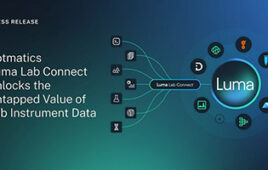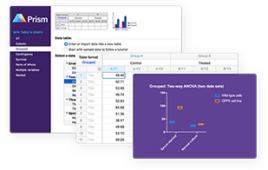As computer manufacturers cram ever more processing power onto tiny chips, they face a growing problem. The connections between electronic components that measure just a few billionths of a meter across allow electrons to leak, which reduces the quality of the signal they carry, wastes energy and causes devices to overheat.
One promising solution is to replace those electrons with photons of light. Hong-Son Chu and Er-Ping Li of the A*STAR Institute of High Performance Computing in Singapore and co-workers have now developed a numerical model to simulate the performance of circuits that rely on light, which could be an invaluable tool for designers in the burgeoning field of nanophotonics.
Devices that manipulate photons of light are typically many times larger than conventional circuit components, and this limits their use. In contrast, “plasmonic technology promises to overcome the size mismatch between microscale photonics and nanoscale electronics,” says Li.
When light hits the interface between a metal and a dielectric insulator (see image), it creates ripples in the density of the electric charge. These ripples, known as plasmons, are bound to the electromagnetic field of the incoming light, and travel along the interface. The plasmons have a shorter wavelength than the light, so the components that guide and manipulate them can be smaller than those used to control light directly. “This emergent technology is a potential platform for the next generation of optical interconnects that enables the deployment of small-footprint and low-energy integrated circuitry,” says Chu.
Microelectronics researchers have previously relied on time-consuming and expensive computer simulations to fine-tune the designs of their plasmonic nanocircuits. Li’s team has developed a much simpler model that includes a library of different plasmonic components such as waveguides, modulators and photodetectors, and can integrate their properties to predict how the whole system will behave.
Li and his co-workers used their model to quickly design and improve a compact Mach–Zehnder plasmonic modulator, a commonly used component that enables an electrical signal to control a beam of light. The device relies on an electro-optic material whose refractive index changes when a voltage is applied.
The simulation showed how the size and shape of the device could be optimized to lower its operating voltage, as well as increasing the difference between its two switching states to reduce signal noise.
The researchers now plan to improve their design software so that it includes many more properties of nanocircuits, “including mechanical, thermal, optical and electrical characteristics,” says Chu.
The A*STAR-affiliated researchers contributing to this research are from the Institute of High Performance Computing.
Integrated system-level electronic design automation (EDA) for designing plasmonic nanocircuits
Source: A*STAR




